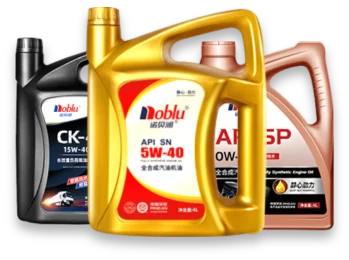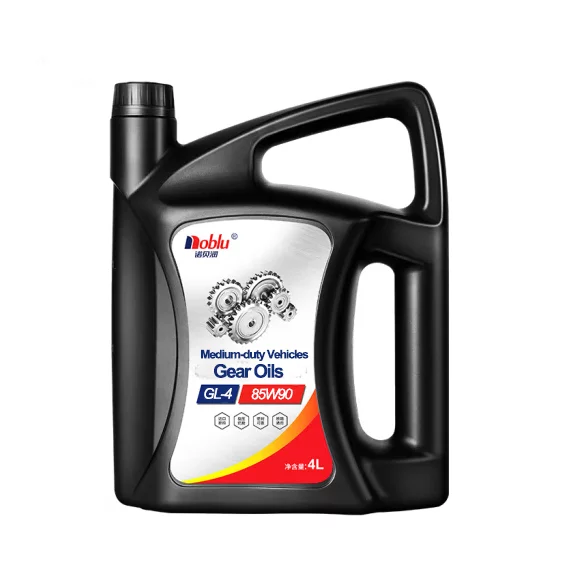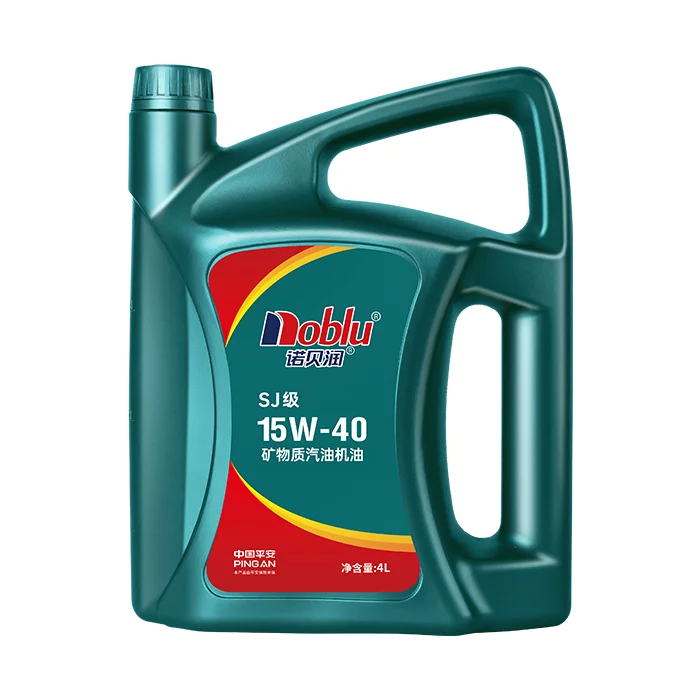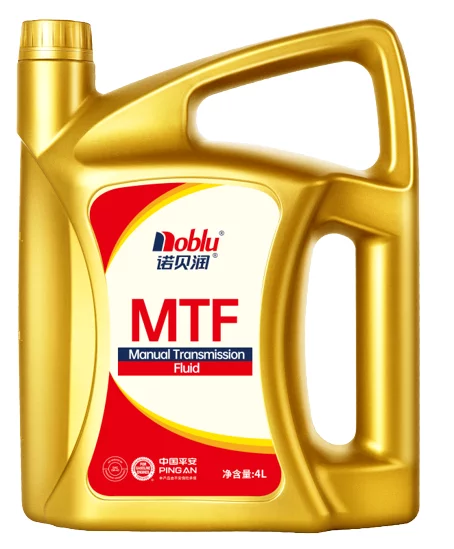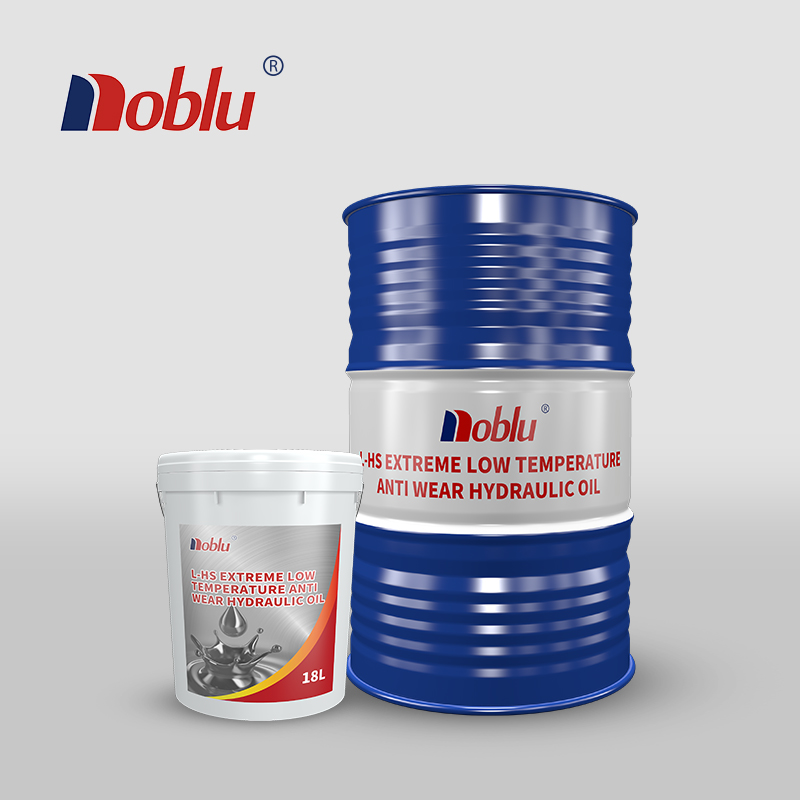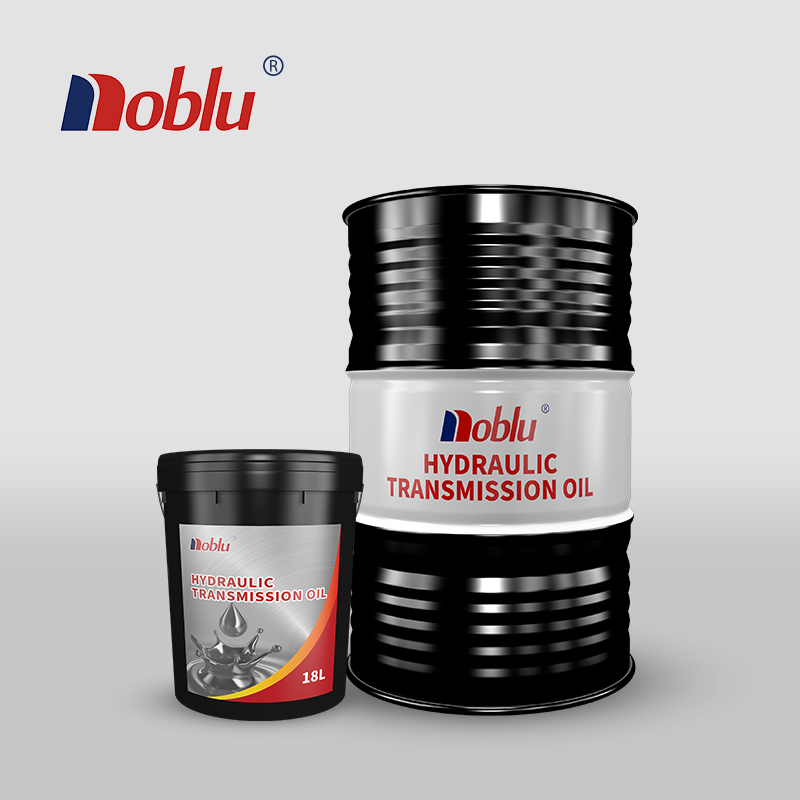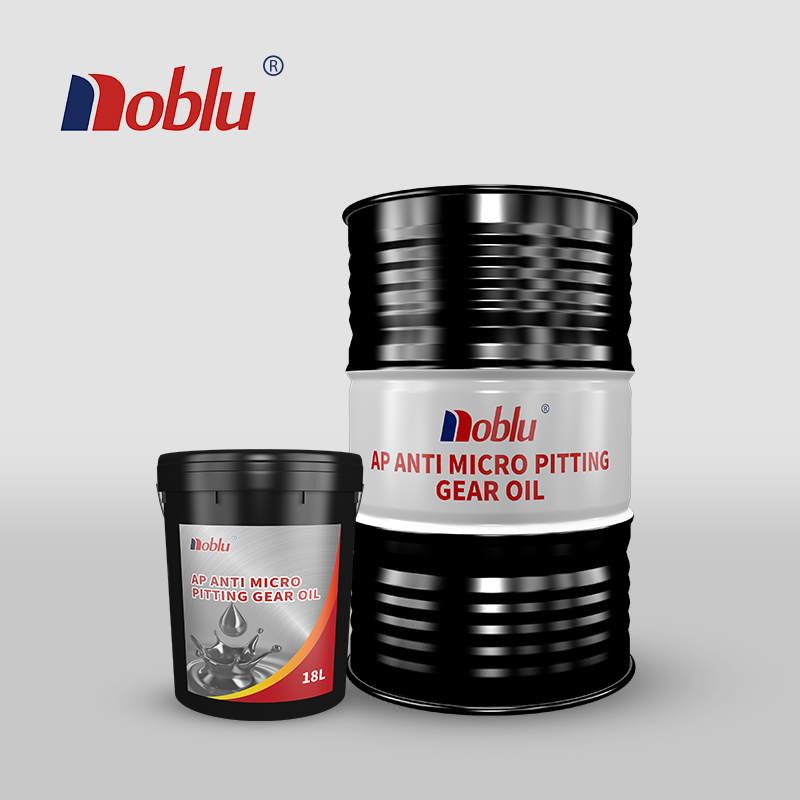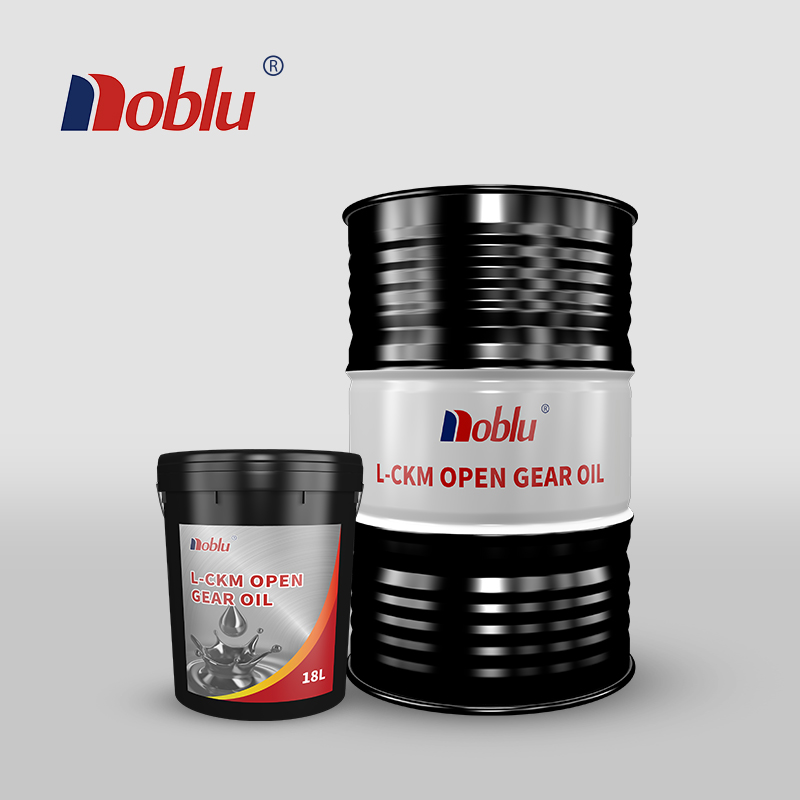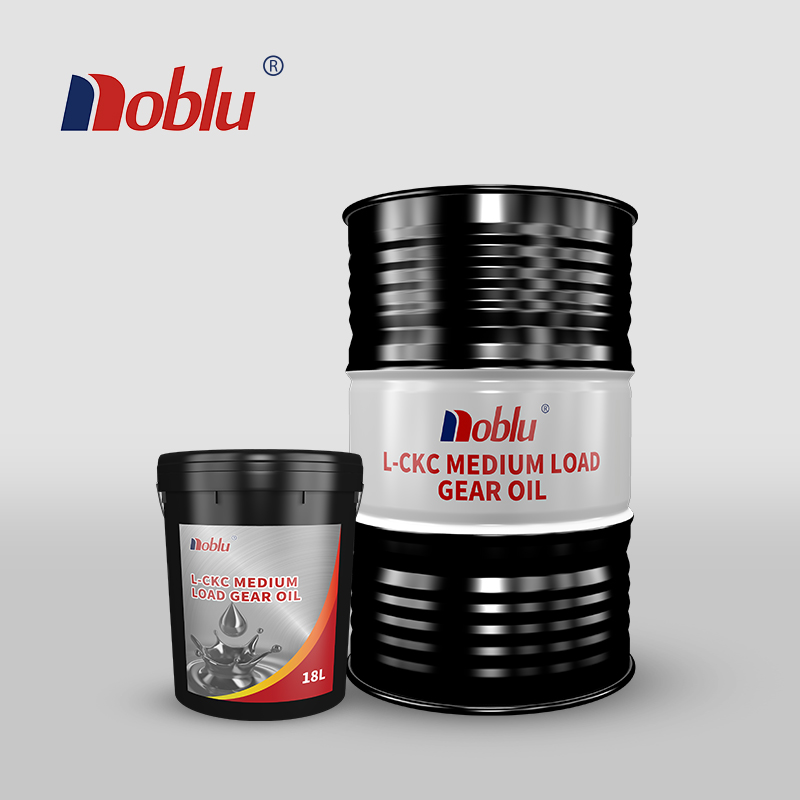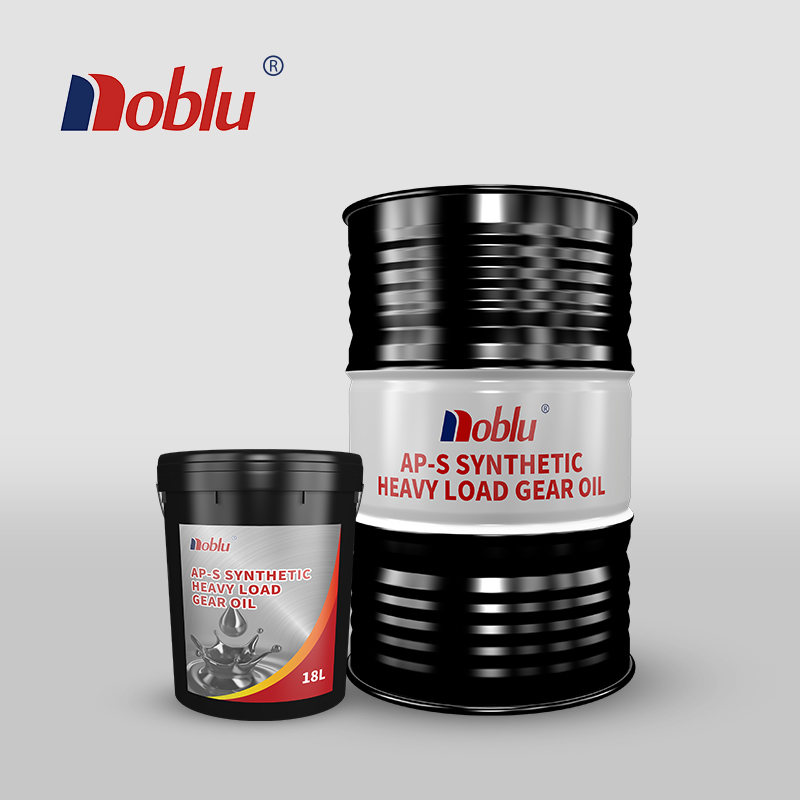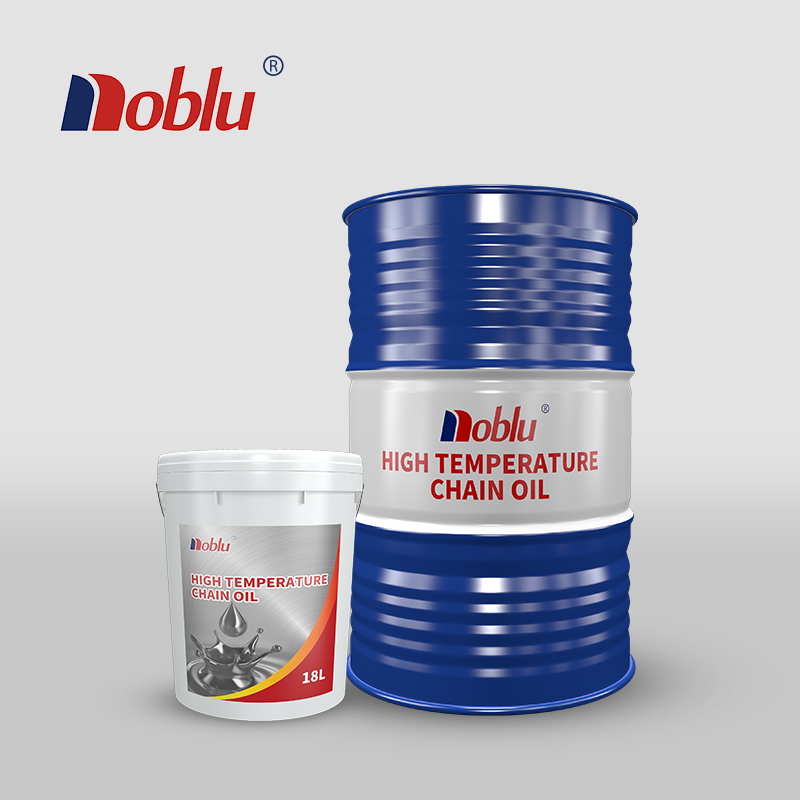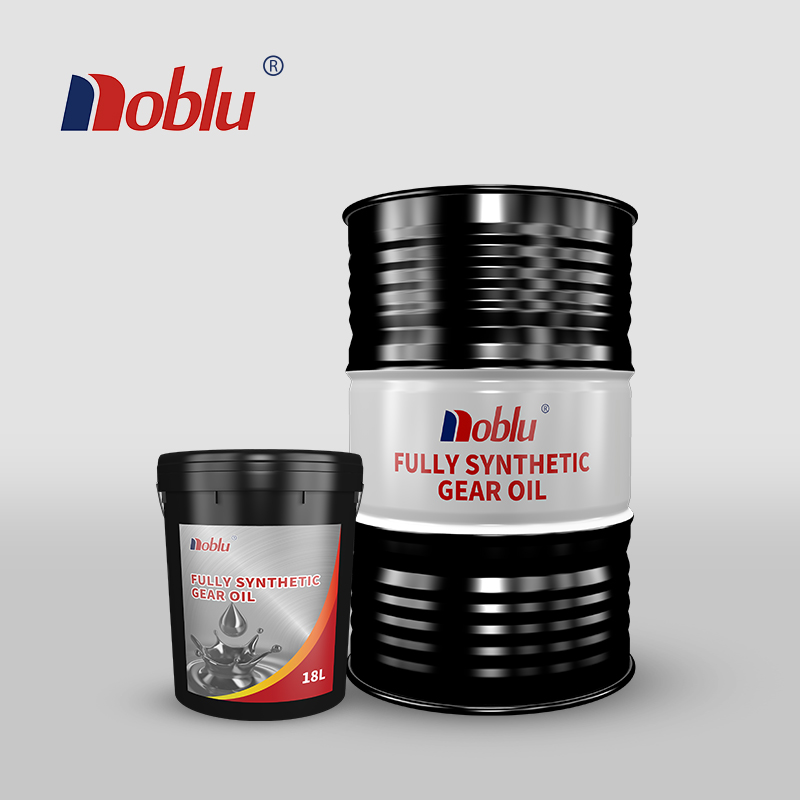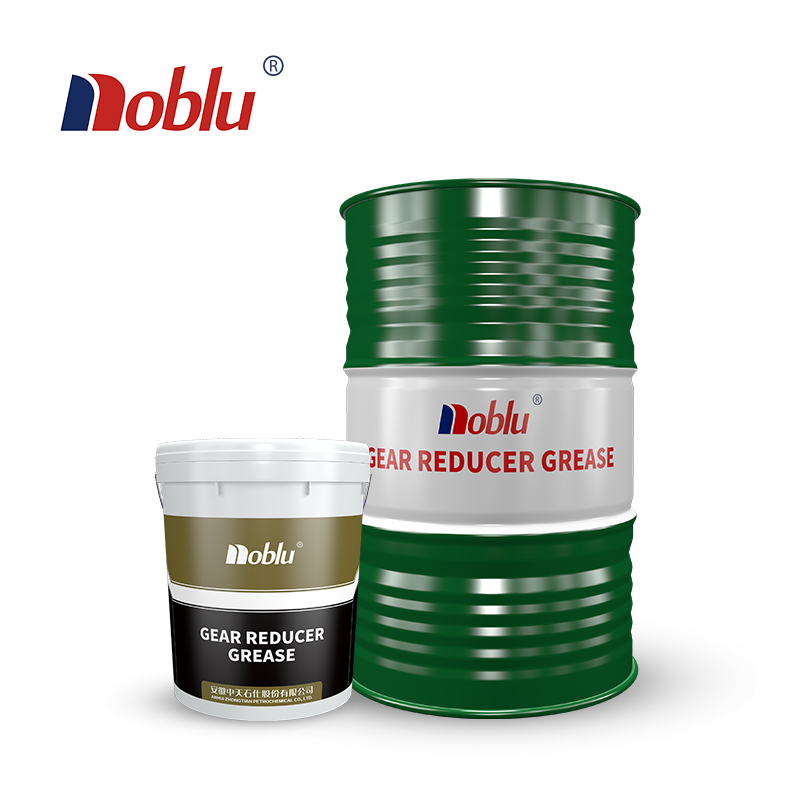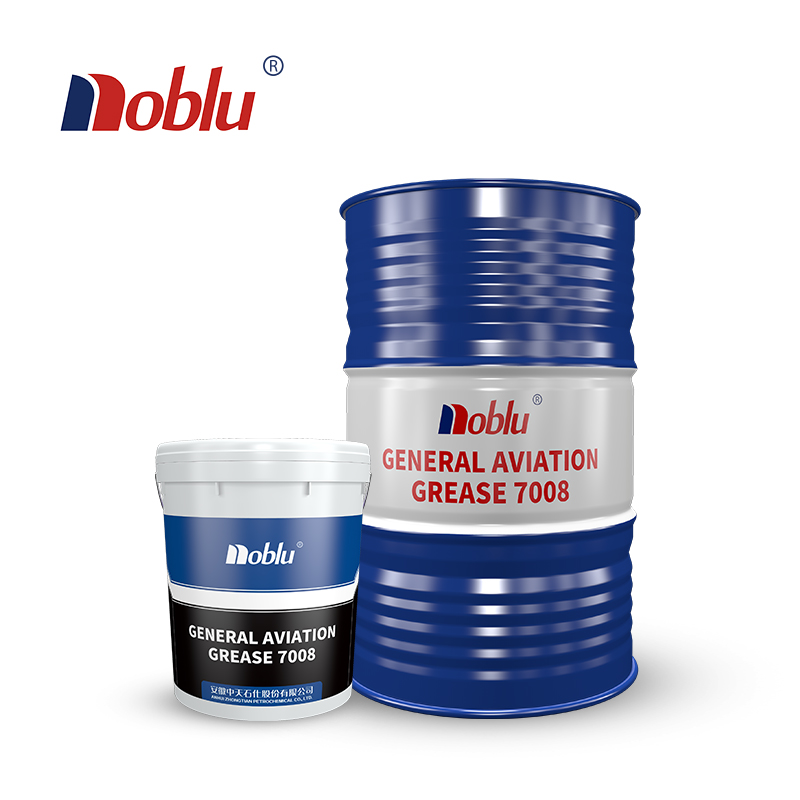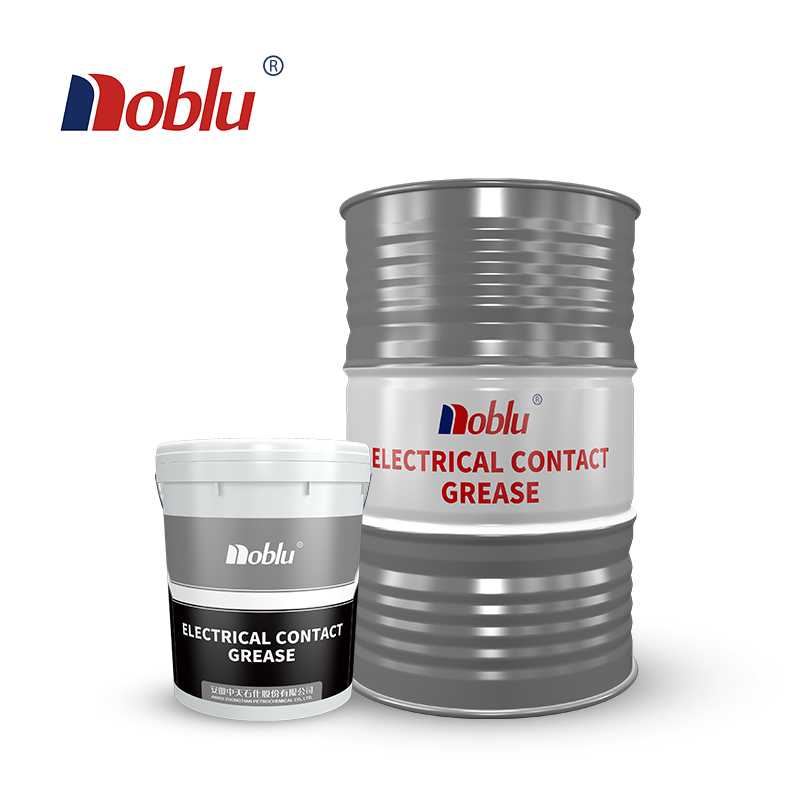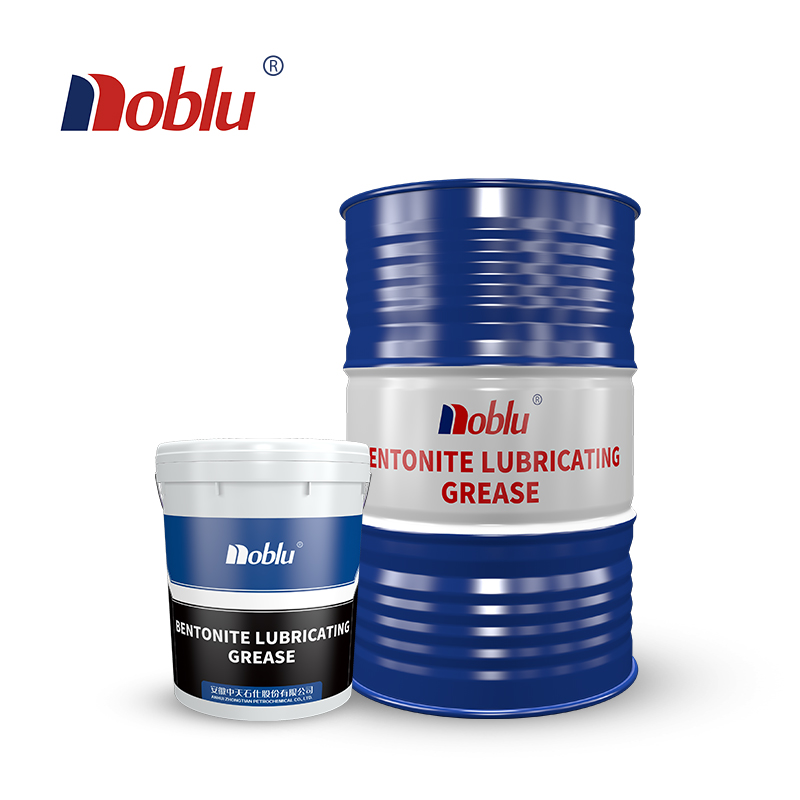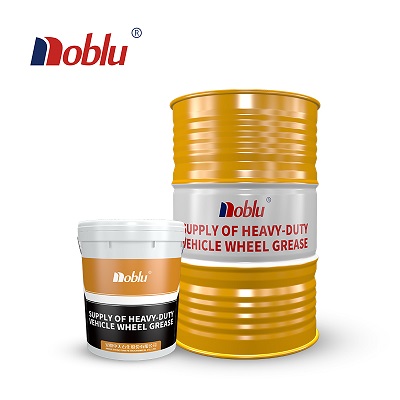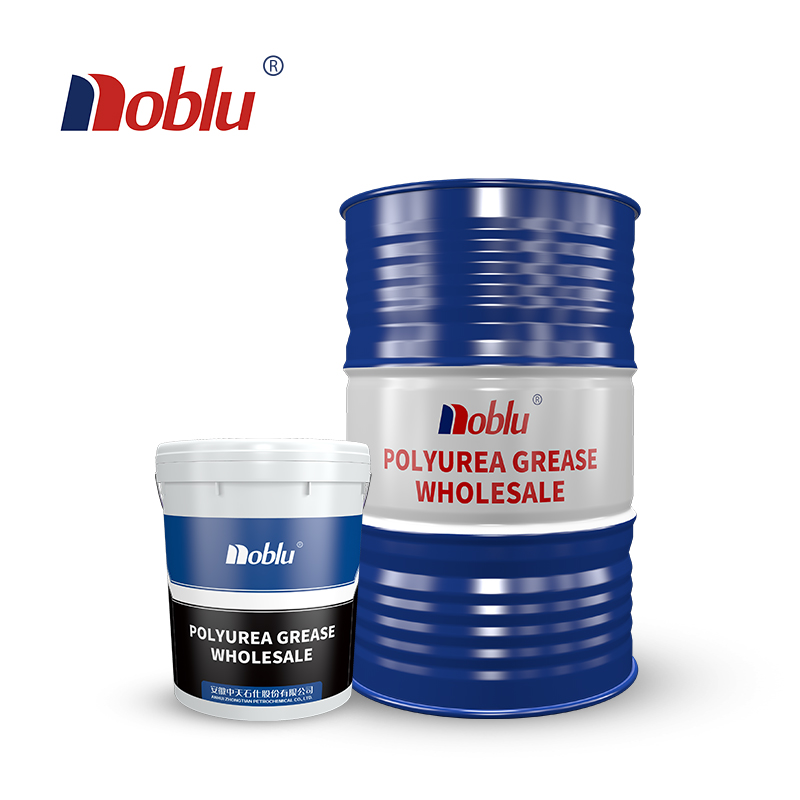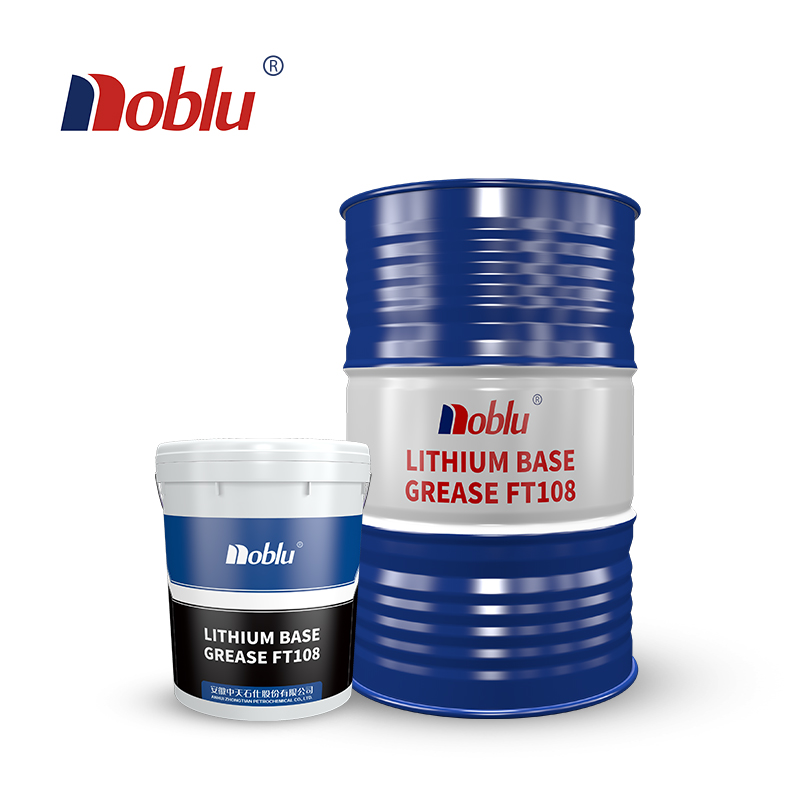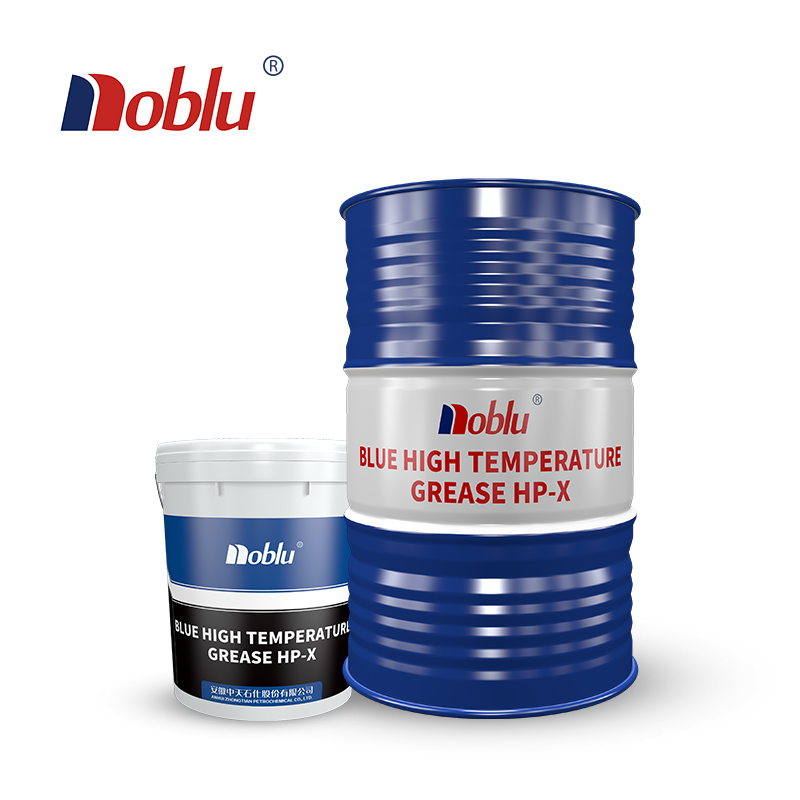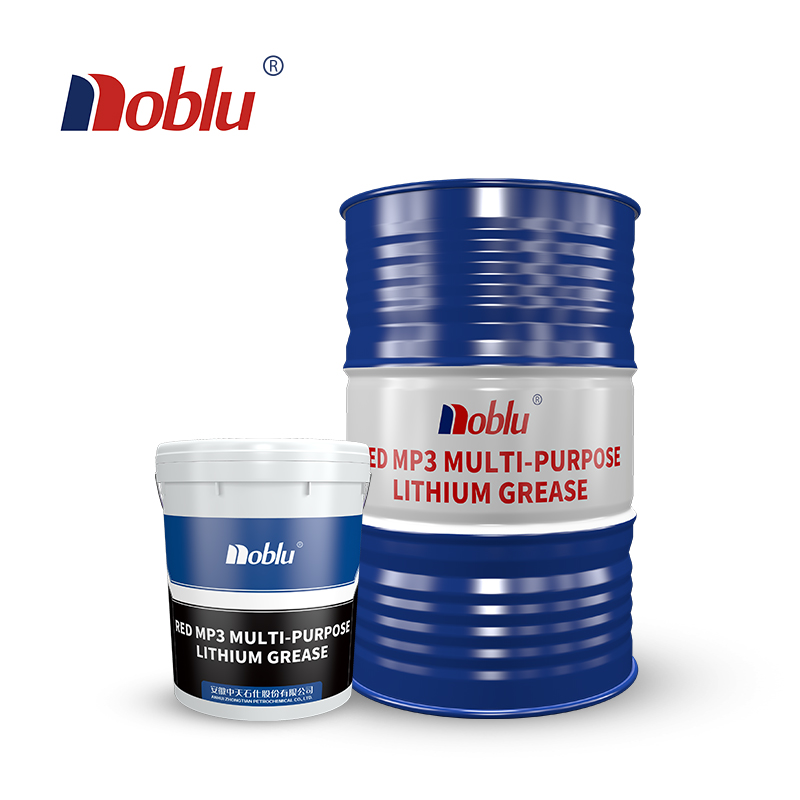مقدمة:
Choosing the right lubricant for pneumatic equipment is crucial for maintaining optimal performance and extending the lifespan of these systems. Pneumatic equipment relies on compressed air to power various tools and machinery, and the right lubrication ensures smooth operation, minimizes wear and tear, and prevents costly downtime. In this article, we will explore the essential characteristics to consider when selecting lubricants for pneumatic equipment, providing a comprehensive guide for professionals in the field.
1. Viscosity:
Viscosity is a fundamental property to consider when selecting a lubricant. In pneumatic systems, a lubricant with the appropriate viscosity is necessary to reduce friction and maintain smooth operation. The viscosity should be selected based on the operating temperature and the specific requirements of the equipment.
2.Additives:
Additives play a significant role in enhancing the performance of lubricants in pneumatic systems. Antioxidants, anti-wear agents, and anti-corrosion additives can extend the life of the lubricant and the equipment itself. Additionally, some lubricants contain detergents to keep components clean and prevent the formation of deposits.
3.Temperature Range:
Pneumatic equipment can operate in a wide range of temperatures, so it is crucial to choose a lubricant that remains stable and effective within the expected temperature range. Lubricants must not become too thick at low temperatures or too thin at high temperatures.
4.Compatibility :
Selecting a lubricant that is compatible with the materials in your pneumatic equipment is vital. Certain lubricants can degrade seals, gaskets, and other components, leading to leaks and reduced performance. Ensure that the chosen lubricant is safe for use with the materials in your equipment.
5.Environmental Considerations:
In some applications, especially those in environmentally sensitive areas, it is important to choose lubricants that are environmentally friendly. Biodegradable lubricants may be required to reduce the impact of potential leaks or spills.
6.Maintenance Intervals:
Consider the ease of maintenance and the required lubrication intervals. Some lubricants offer longer-lasting protection, reducing the frequency of maintenance and minimizing downtime.
7.Operating Conditions:
The specific operating conditions of your pneumatic equipment, such as load, speed, and duty cycle, should also influence your lubricant selection. High-load, high-speed applications may require a different lubricant than low-load, intermittent applications.
8.Health and Safety:
Always consider the health and safety aspects of the lubricant. Ensure that it meets safety standards and poses no health risks to the operators. Some environments may require food-grade or non-toxic lubricants.
خاتمة:
Selecting the right lubricant for pneumatic equipment is a critical task that should not be taken lightly. The choice of lubricant has a direct impact on the performance, reliability, and lifespan of the equipment. By considering factors such as viscosity, additives, temperature range, compatibility, contaminant resistance, environmental impact, maintenance intervals, operating conditions, and health and safety, you can make an informed decision and ensure the longevity and efficiency of your pneumatic systems. It is advisable to consult with lubricant experts or manufacturers to make the most appropriate choice for your specific application.

